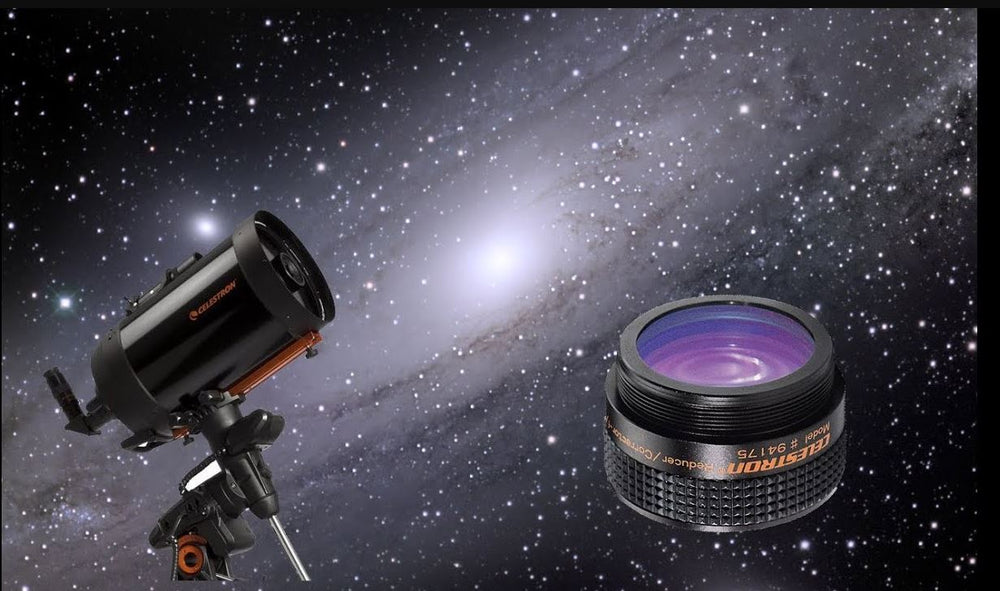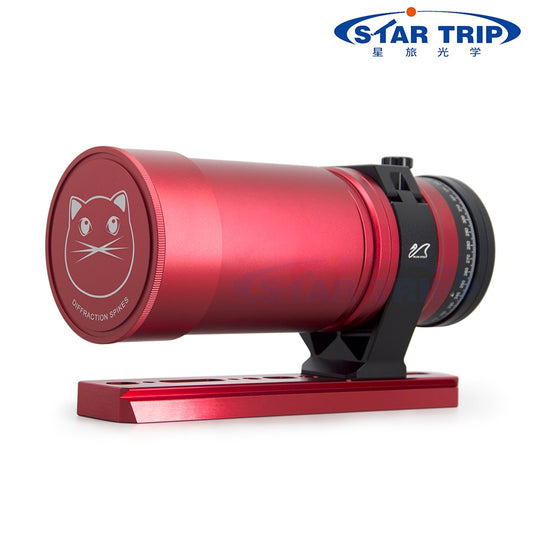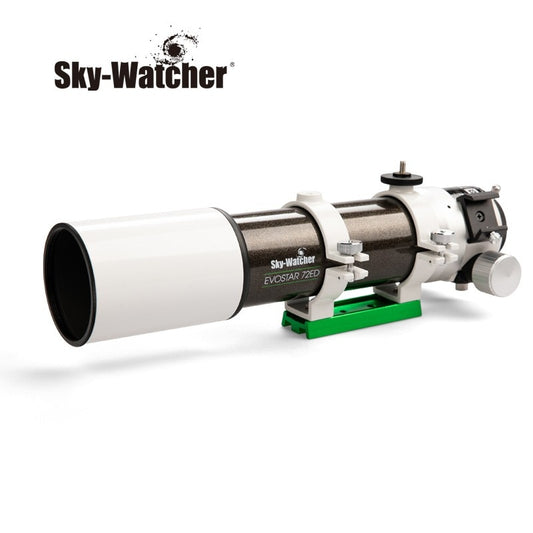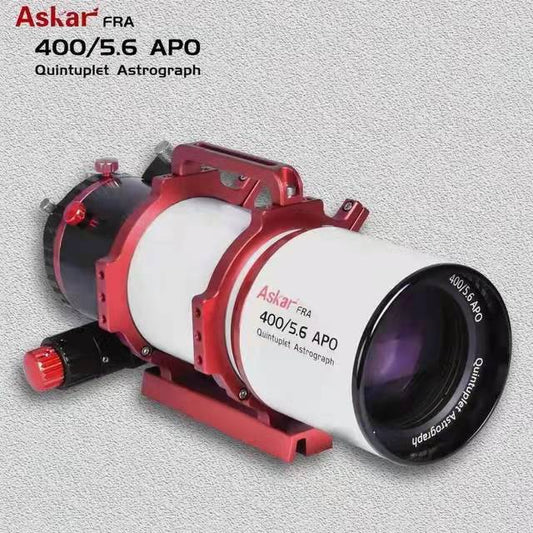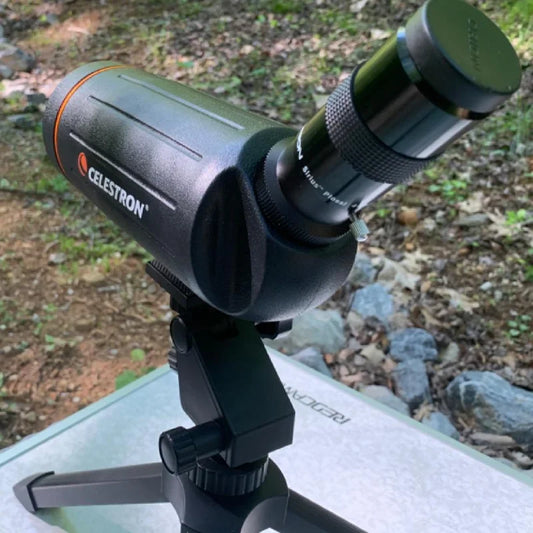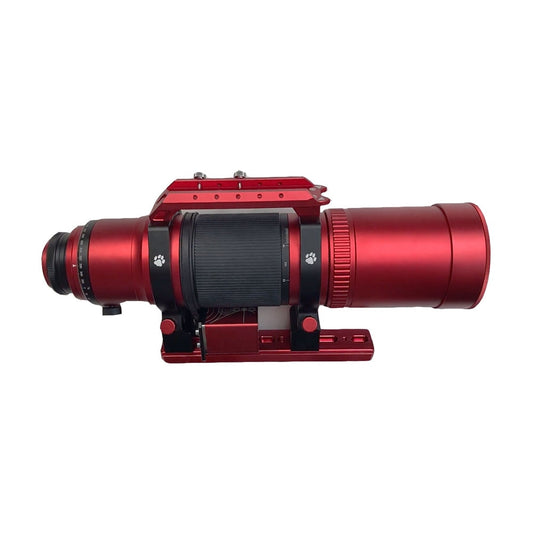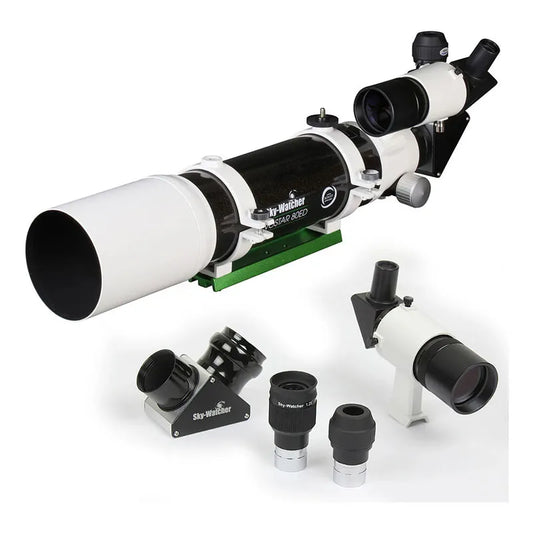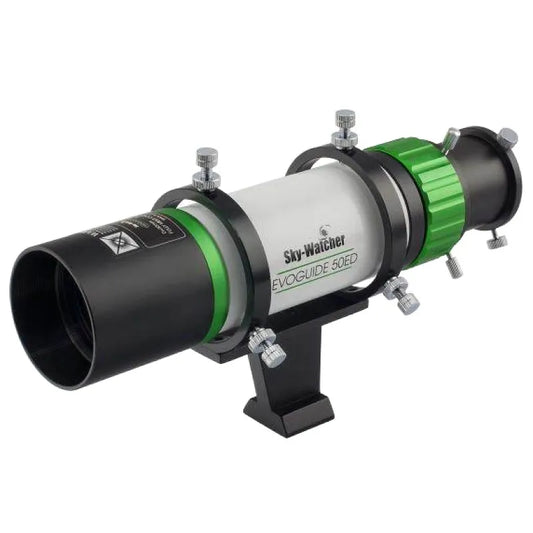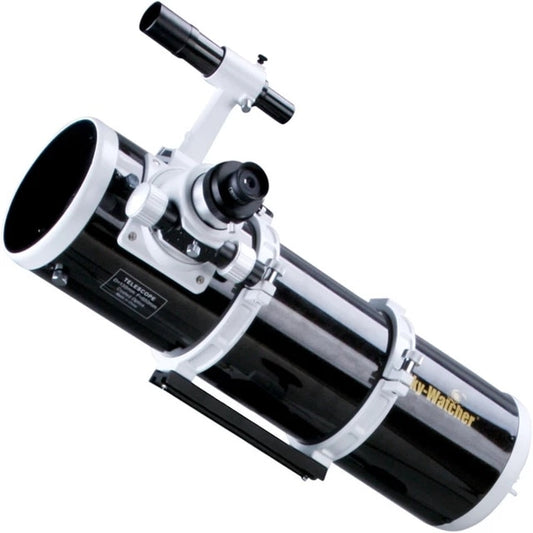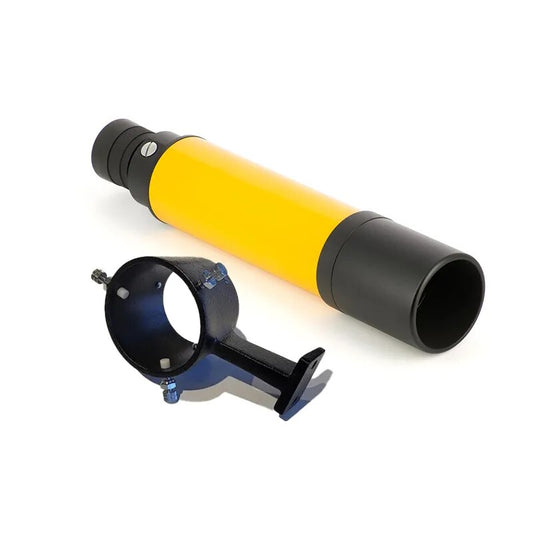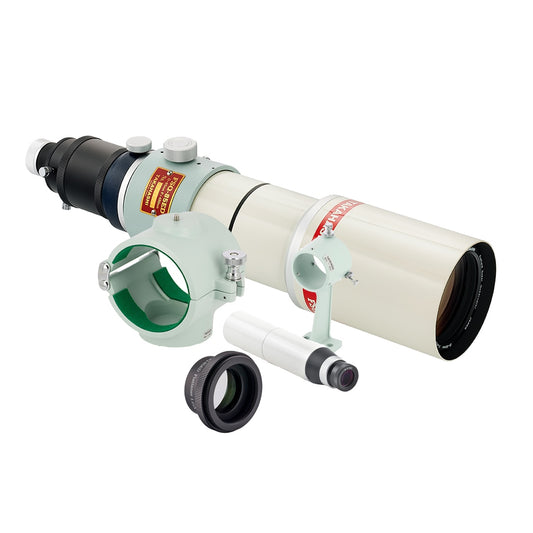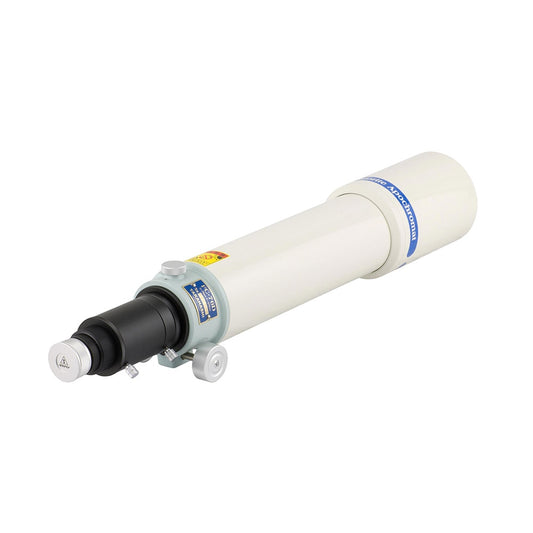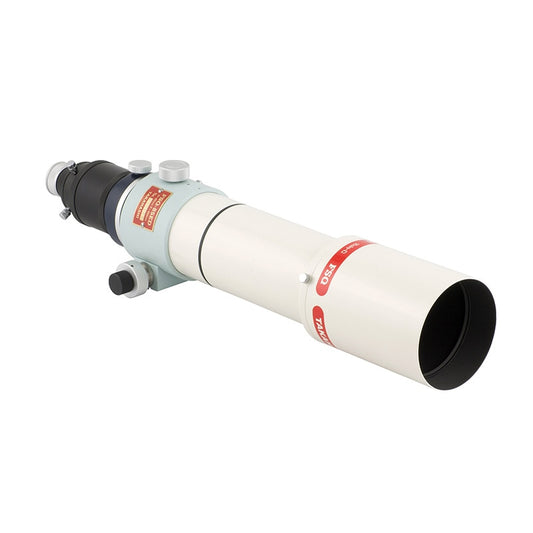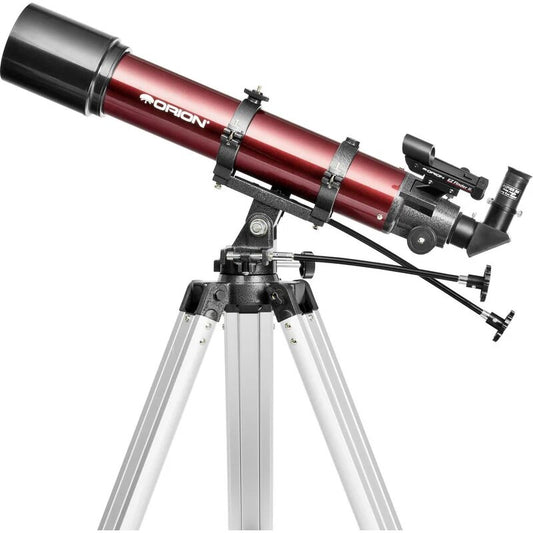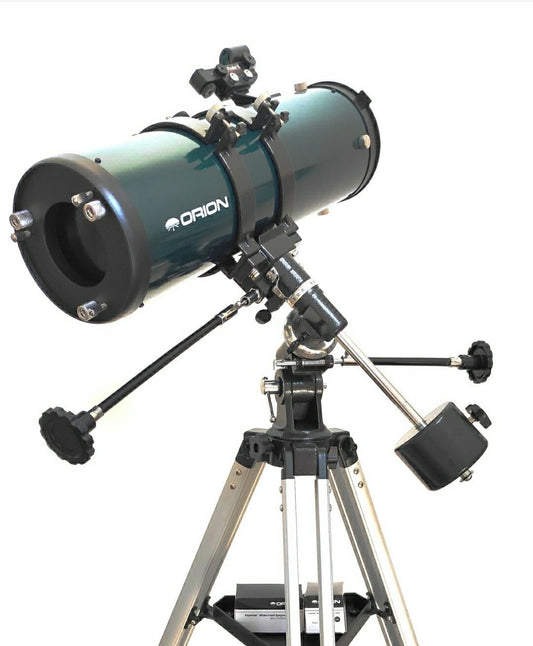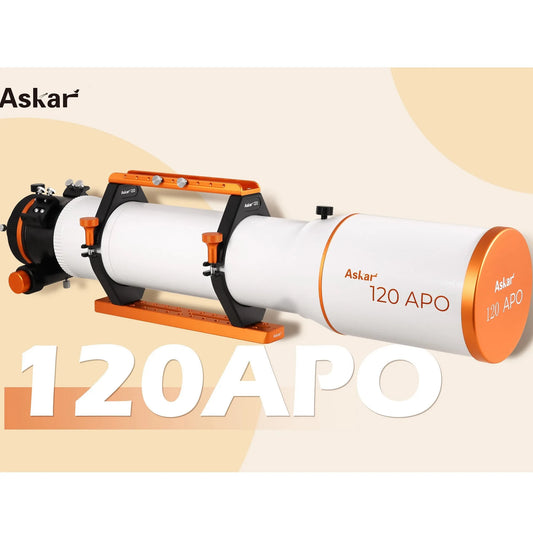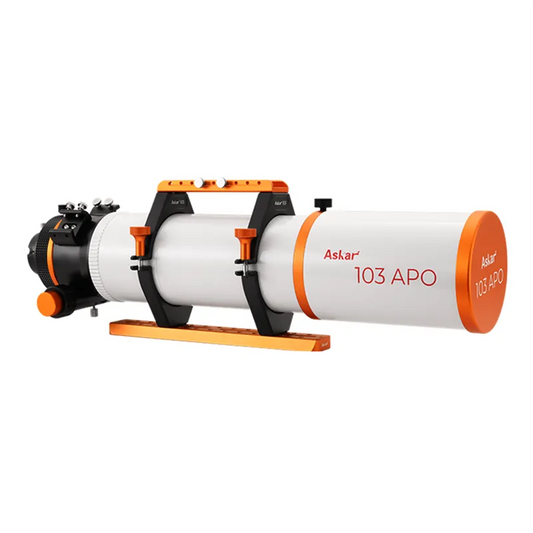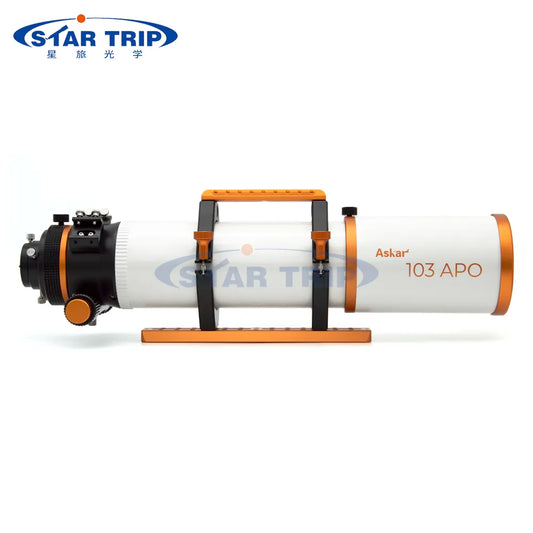A focal reducer is an optical device used in photography and astronomy to reduce the effective focal length of a lens or telescope. It works by decreasing the distance between the lens or mirror and the image plane, which results in a wider field of view and a shorter exposure time.
In photography, a focal reducer is often used to increase the angle of view of a lens, allowing the photographer to capture more of a scene in a single frame. This is particularly useful in landscape and architectural photography, where a wider field of view can help capture the entirety of a building or landscape.
In astrophotography, a focal reducer is commonly used to reduce the focal length of a telescope, which allows for wider field imaging of celestial objects. This is particularly useful for capturing large objects such as star clusters and galaxies, which would otherwise require multiple exposures to capture fully.
A focal reducer can also improve the brightness of an image by allowing more light to enter the telescope or lens. This is achieved by reducing the focal ratio of the telescope or lens, which increases the aperture of the optical system. The result is a brighter image with less noise, which is particularly useful in low light conditions.
In addition to its field of view and brightness benefits, a focal reducer can also improve image sharpness and reduce distortion. This is achieved by minimizing the effects of aberrations in the optical system, which can cause blurring and distortion in the final image.
When selecting a focal reducer, it is important to consider factors such as the optical design, focal length, and aperture of the lens or telescope. Different focal reducers are optimized for different types of optical systems, so it is important to choose a focal reducer that is compatible with your equipment.
Overall, a focal reducer is a valuable tool for photographers and astronomers alike. Whether you are looking to capture a wide field of view in a single shot or improve the brightness and sharpness of your images, a focal reducer can help you achieve your goals. With the right focal reducer and optical system, you can capture stunning images of the night sky and the world around you.
Celestron f6.3 Focal Reducer
Astrophotography is an exciting field that requires a great deal of skill and patience to master. One of the most important factors in astrophotography is achieving the right focal length. A focal reducer can help you achieve the right focal length for your astrophotography needs. In this blog post, we will discuss the Celestron f6.3 focal reducer and how it can improve your astrophotography results.
What is the Celestron f6.3 Focal Reducer?
The Celestron f6.3 focal reducer is a high-quality optical accessory that is designed to reduce the focal length of your telescope. It is specifically designed for use with Celestron Schmidt-Cassegrain telescopes and can be used with any telescope that has a focal length of 1000mm or longer. The f6.3 focal reducer effectively reduces the focal length by a factor of 0.63, which makes it an ideal tool for astrophotography.
The Celestron f6.3 focal reducer is constructed with high-quality materials and features a multi-coated lens that helps to minimize reflections and increase light transmission. It is easy to install and is compatible with a wide range of cameras and telescopes. With the Celestron f6.3 focal reducer, you can achieve a wider field of view, sharper images, and brighter, more detailed astrophotography results.
Advantages of Using the Celestron f6.3 Focal Reducer
Wider Field of View
The Celestron f6.3 focal reducer can help you achieve a wider field of view, which is essential for capturing larger celestial objects such as galaxies and star clusters. With a wider field of view, you can capture more of the night sky in a single image, reducing the need for multiple exposures.
Sharper Images
The Celestron f6.3 focal reducer can also improve the sharpness of your astrophotography images. By reducing the focal length, the focal reducer minimizes the effects of aberrations and improves image sharpness. This means that you can capture more detail and produce clearer, more detailed images of celestial objects.
Increased Brightness
The Celestron f6.3 focal reducer can also increase the brightness of your astrophotography images. By reducing the focal length, the focal reducer effectively increases the aperture of your telescope, allowing more light to enter the optical system. This results in brighter, more detailed images with less noise.
Easy to Install
The Celestron f6.3 focal reducer is easy to install and can be used with a wide range of cameras and telescopes. Simply attach the focal reducer to your telescope and connect your camera to the reducer using a T-ring adapter. This makes it easy to get started with astrophotography and achieve great results quickly and easily.
Celestron f6.3 focal reducer back focus
The Celestron reducer back focus requirements refer to the specific distance that must be maintained between the reducer and the camera's image sensor or film plane in order to achieve the best image quality. For example, the Celestron f6.3 focal reducer has a recommended back focus distance of 105mm from the rear cell of the reducer to the camera's image sensor. It is important to adhere to these requirements to achieve the intended reduction factor and prevent image aberrations. Celestron provides detailed back focus requirements for their reducers in product manuals and on their website to help users achieve optimal performance with their equipment.
Conclusion
The Celestron f6.3 focal reducer is an essential tool for astrophotography enthusiasts. With its ability to reduce the focal length of your telescope, the f6.3 focal reducer can help you achieve a wider field of view, sharper images, and brighter, more detailed astrophotography results. It is easy to install and is compatible with a wide range of cameras and telescopes, making it an ideal choice for both beginners and advanced astrophotography enthusiasts.
If you are interested in astrophotography and want to improve your results, consider investing in a Celestron f6.3 focal reducer. With its high-quality construction, multi-coated lens, and easy installation, it is sure to help you achieve the results you are looking for in your astrophotography.
Telescope Topics:
- Who Invented The Telescope?
- Why are Telescopes Important?
- When was The Telescope Invented?
- Why are Refractor Telescopes Popular?
- Best Deep Sky Objects by Month
- Best Telescope for Viewing Planets and Galaxies
- Best Telescope to See Planets and Galaxies
- Best Telescope Eyepiece for Viewing Planets
- Reflector Vs Refractor Telescope
- William Optics Redcat 51
- Takahashi Telescopes
- Brightest Objects in the Night Sky
- What Does a Focal Reducer Do on a Telescope
- Ax Telescope Mount
- Types of Telescopes
- Telescope Mounts Explained
- What is a Catadioptric Telescope
- Telescope Aperture
- How Does a Telescope Work
- Are There Telescopes for Smartphone Camera
- How Much Does a Telescope Cost
- Best Telescopes Under $1000
- What Makes a Good Telescope
- Stellarium
- Bahtinov Mask
- Qhyccd Polemaster Review
Space Telescopes:
- Hubble Telescope
- Edwin Hubble
- Hubble Deep Field
- James Webb Telescope - The Future of Space Exploration
- James Webb Telescope vs Hubble
- Hubble Palette

